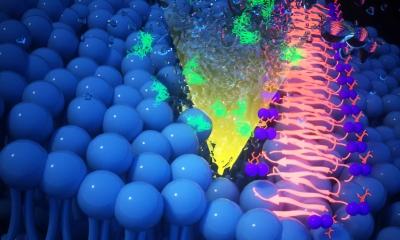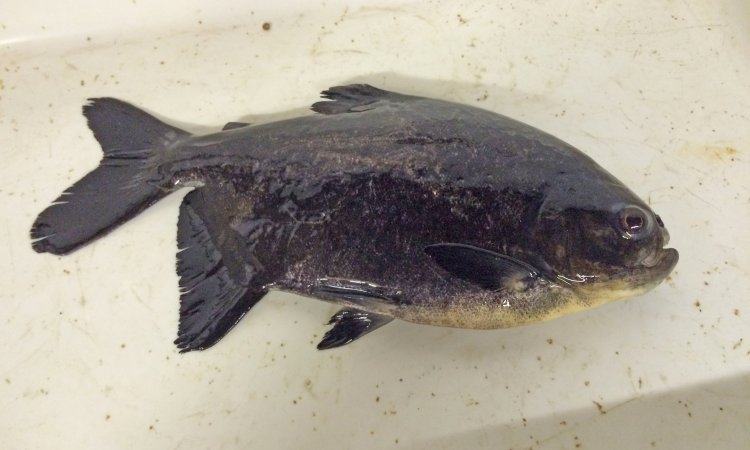Polymicrobial infections
Rivalry among pathogens may lead to unexpected benefits
Research at the University of Konstanz has identified a molecule that allows the bacterium Pseudomonas aeruginosa to inhibit its rival, Staphylococcus aureus. This might build the basis for the development of new antibiotics.

Bacteria of the species Pseudomonas aeruginosa and Staphylococcus aureus are among the most common hospital germs, causing a variety of infections in humans, some of them deadly. Through interaction as partners or rivals they can substantially influence the development and progression of polymicrobial infections. In a study conducted by Dr Thomas Böttcher and doctoral researcher Dávid Szamosvári, the scientists were able to identify a molecule - an unsaturated quinolone N-oxide - which they suspect is one of the main agents in these interactions. It allows Pseudomonas aeruginosa to inhibit the growth of Staphylococcus aureus. The molecule could therefore be used as a basis for a new generation of tailor-made antibiotics. The science journal “Angewandte Chemie” will publish the research findings in one of its June 2017 issues, showcasing Böttcher and Szamosvári’s work on the front cover. An online preview of the article is available for reading now.
Patients suffering from cystic fibrosis usually acquire an infection with Staphylococcus aureus. Often, during the later stages of the disease, the Staphylococcus aureus bacteria are largely replaced by Pseudomonas aeruginosa. Both pathogens can cause similar diseases, often share the same environment and therefore compete for the same resources. They defend themselves by producing various substances to ward off their rivals. Pseudomonas aeruginosa produces more than 50 different substances from the quinolone compound class. Of these, approximately 16 different quinolone N-oxides (AQNOs) are known, which are produced and released by Pseudomonas aeruginosa.
In order to elucidate the importance of these AQNOs, Thomas Böttcher’s working group synthesised several of these naturally occurring substances and examined their biological activity. “In doing this we were able to demonstrate that there is a compound whose activity against Staphylococcus aureus is about ten to twenty times more potent than that of any of the other known structures. Besides inhibiting Staphylococcus growth, this substance is also capable of modulating the behaviour of lesser Staphylococcus concentrations”, explains Dávid Szamosvári, who completed this project as part of his doctoral thesis.
Pseudomonas aeruginosa thus modulates both the growth and the ability of Staphylococcus aureus to cause disease. It can even disable the dangerous antibiotic-resistant MRSA (Methicillin-resistant Staphylococcus aureus) strains of the bacteria. In the last instance, the inhibition of Staphylococcus aureus growth through the quinolone N-oxide molecule is a result of an attack on various steps of the bacterial respiratory chain. The cell’s energy budget is shut down, leading to arrested or severely slowed growth. “We haven’t got an antibiotic agent capable of exploiting this concept yet, which is why the extremely effective inhibitor we have identified serves as an important starting point for the development of new synthetic substances that can be used as tailor-made antibiotics”, says Thomas Böttcher.
Source: University of Konstanz
25.05.2017











